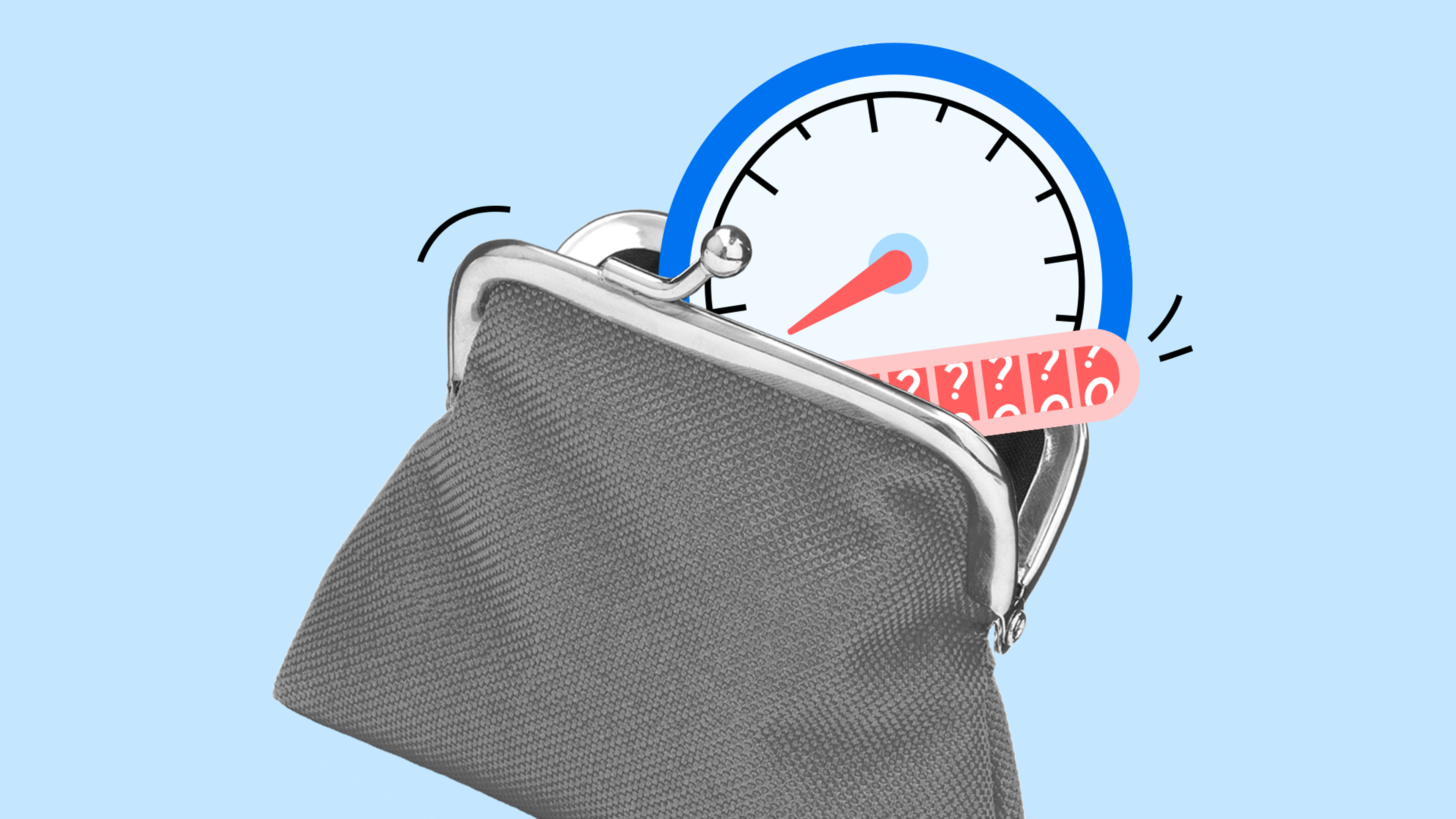
The car buying process takes patience and time and often involves one unpleasant part – doing everything to avoid cars with a fake mileage. As it turns out, this is easier to do when getting an expensive car.
Our latest research proves that mileage fraud affects both cheap and expensive vehicles – but the scale of manipulation varies.
Key findings
- 7.5% of cars under €5,000 in our research were clocked.
- 15.9% – the highest share of clocked cars under €5,000 in the study is found in Ukraine.
- Cheap cars in Eastern Europe are clocked the most.
- 1.8% of all vehicles above €50,000 had manipulated odometers.
- 4.1% – the highest share of clocked cars above €50,000 in the research is found in Spain.
The cheaper the car, the higher the risk of odometer fraud
Since our customers buy thousands of reports every day, we can explore trends in the used car market. When it comes to mileage fraud, the trend is evident – the cheaper the car is, the more likely its odometer will be altered.
If you’re buying a car under €5,000, you should be cautious as 7.5% of vehicles in this price range are clocked. Vehicles priced between €5,000 and €10,000 are also risky, with 6.5% being clocked. The situation gets better and stabilizes among cars costing between €25,000 (2.5% clocked) and €50,000+ (1.8% clocked).
This tendency of cheaper cars being clocked more isn’t unique to a single market – lower-priced vehicles tend to have the highest fraud rates across many countries in the research. But why is that?
When buying inexpensive cars, drivers are less likely to go through all the steps to avoid issues. For example, they may skip ordering a vehicle history report or taking the car to a service center for inspection. Fraudsters are aware of this and often target lower-cost vehicles by rolling back the mileage and boosting the price.
“Buyers always look for cars with low mileage. But if they don’t verify whether that number is accurate, they risk being misled and significantly overpaying. Issues related to wear and tear may also appear soon after the purchase,” explains Matas Buzelis, automotive expert at carVertical.
Low-cost cars are targeted more often in Eastern European countries
Clocking rates in different countries vary significantly. Mileage fraud is more widespread in Eastern Europe. However, this isn’t engraved in stone – odometer tampering is a common scam, and every country has its share of shady sellers.
Let’s take cars costing up to €5,000. Depending on the model, condition, technical specifications, and mileage, you can expect to buy a 10–20 year old car for this sum. While an older, well-maintained car can serve you well, 10–20 old cars often have a high mileage. As mentioned above, 1 out of 13 budget cars may have an altered odometer.
But depending on where you live, the chances of getting a clocked vehicle may be even higher.
For example, in Romania, 11.1% of all cars under €5,000 were clocked. In Lithuania – 10.3%, in Latvia – 13.5%, in Poland – 5%, in France – 3.2%, in Hungary – 7.5%. While in some countries like Portugal, Italy, or the United Kingdom, the share of clocked sub-€5,000 vehicles varies between 2% and 3.4%, this doesn’t mean that buyers should be careless.
“The financial situation across Europe is different. Typically, buyers in Eastern and Central Europe are more price-sensitive. Buying a clocked car means that you’re significantly overpaying for it, which is a paradox, considering that people choose a low-budget vehicle to save money,” says Buzelis.
Luxury cars involve bigger financial losses
According to our data, 2.4% of all vehicles from €30,000 to €35,000 were clocked. In the €35,000–€40,000 price bracket, the share of vehicles with tampered odometers was 2.2%, the same as in the €40,000–€45,000 range. Even if we take the most expensive cars in this research, costing from €50,000, 1.8% of them had manipulated mileage.
Although scammers target cars at all price points, mileage fraud in the premium segment can result in greater financial damage. Our previous research shows that car buyers spend 21% more on average for a vehicle with a clocked mileage. What does this actually mean?
If you buy a clocked car for €2,000, its real value may be around €1,600. In this case, you give away €400 for scammers. Now, let’s say you’re buying a used car for €50,000. Your financial losses may be around €10,000. And this is just a starting point, as its condition will be worse, and you will eventually spend more money on repairs than you may have expected.
While cheaper cars are clocked the most in most researched markets, this isn’t the case in Portugal and Spain. In the €40,000–45,000 price range, 4.9% of all vehicles in Portugal were clocked. In Spain, the share is even higher – 5.8%.
Typical signs that may suggest mileage fraud
While classified ads are full of vehicles with tampered mileage, it’s possible to avoid them. Here are some signs that may suggest odometer manipulation:
- Suspiciously low price. Shady sellers sometimes offer their cars for lower prices to make a quick sale before the buyer finds out about the mileage manipulation.
- Worn interior. The condition of a car’s interior can also reveal its actual mileage. A worn-out steering wheel, gear knob, pedals, or upholstery may suggest the car has done far more kilometers than advertised. If the mileage is low, but the interior looks heavily used, that’s a red flag.
- Pressure to buy. Fraudsters may pressure potential buyers to make a quick decision, claiming that others are also interested. Those who rush into the deal without checking the car’s background often end up disappointed.
- Service history gaps. Missing maintenance records or inconsistent mileage logs in service books or inspection reports may indicate that the seller is hiding something.
While these signs may not necessarily mean that the car has a manipulated mileage, it’s worth being extra careful. You can’t know whether the previous owner was just careless and didn’t keep the service records or is trying to scam you.
Either way, you should always check the history of a car you’re buying if you don’t want to end up among thousands of scammed drivers. And don’t forget that some models are clocked more than others, which is also worth taking into account when browsing classified ads.
How to learn the car’s actual mileage from a history report
Buyers always look for cars with low mileage. But if they don’t verify whether that number is accurate, they risk being misled and significantly overpaying. Issues related to wear and tear may also appear soon after the purchase.
Matas Buzelis, automotive expert at carVertical.
The carVertical vehicle history report has a special section called Odometer, where you can quickly learn whether the car’s mileage is genuine or not.
The odometer readings of every car are represented in a graph, allowing you to see how they changed throughout the vehicle’s lifespan. In the real case below, you can see that carVertical detected 12 mileage records for this car since 2014. However, in 2018, its mileage was altered by more than 50,000 kilometers.
That’s no coincidence! Buyers generally avoid vehicles with mileage above 200,000 km, meaning such cars will be worth less.
Not everything is black and white. Some cars change multiple owners throughout their lifespan, and the current seller may not even know that their vehicle has altered mileage. However, even if you decide to buy a clocked car, you can use the history report to negotiate a better price.
Check your VIN
Avoid costly problems by checking a vehicle's history. Get a report instantly!
Methodology
carVertical’s study analyzed actual vehicle history reports purchased by the company’s customers between March 1, 2024, and March 1, 2025. Vehicles with tampered mileage were grouped by price range, their share was calculated in percentages, and results were ranked accordingly.
